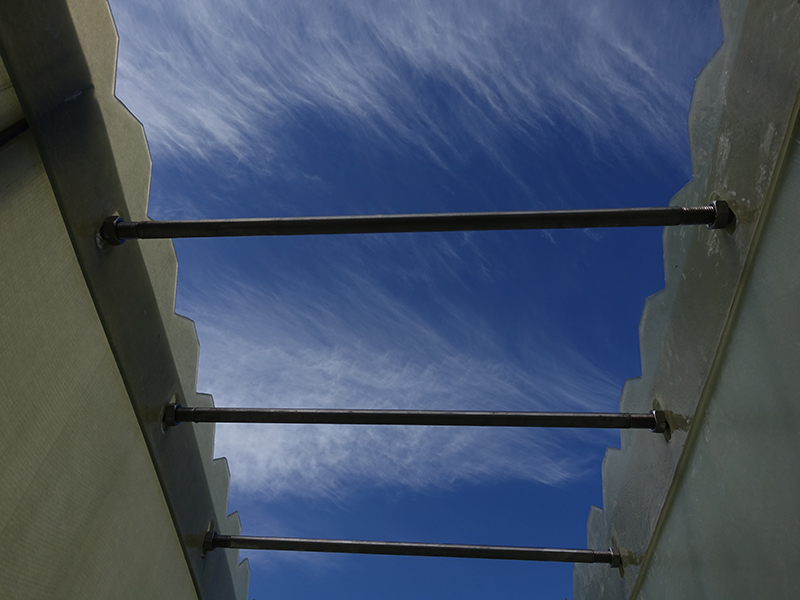
-
 Afrikaans
Afrikaans -
 Albanian
Albanian -
 Amharic
Amharic -
 Arabic
Arabic -
 Armenian
Armenian -
 Azerbaijani
Azerbaijani -
 Basque
Basque -
 Belarusian
Belarusian -
 Bengali
Bengali -
 Bosnian
Bosnian -
 Bulgarian
Bulgarian -
 Catalan
Catalan -
 Cebuano
Cebuano -
 China
China -
 China (Taiwan)
China (Taiwan) -
 Corsican
Corsican -
 Croatian
Croatian -
 Czech
Czech -
 Danish
Danish -
 Dutch
Dutch -
 English
English -
 Esperanto
Esperanto -
 Estonian
Estonian -
 Finnish
Finnish -
 French
French -
 Frisian
Frisian -
 Galician
Galician -
 Georgian
Georgian -
 German
German -
 Greek
Greek -
 Gujarati
Gujarati -
 Haitian Creole
Haitian Creole -
 hausa
hausa -
 hawaiian
hawaiian -
 Hebrew
Hebrew -
 Hindi
Hindi -
 Miao
Miao -
 Hungarian
Hungarian -
 Icelandic
Icelandic -
 igbo
igbo -
 Indonesian
Indonesian -
 irish
irish -
 Italian
Italian -
 Japanese
Japanese -
 Javanese
Javanese -
 Kannada
Kannada -
 kazakh
kazakh -
 Khmer
Khmer -
 Rwandese
Rwandese -
 Korean
Korean -
 Kurdish
Kurdish -
 Kyrgyz
Kyrgyz -
 Lao
Lao -
 Latin
Latin -
 Latvian
Latvian -
 Lithuanian
Lithuanian -
 Luxembourgish
Luxembourgish -
 Macedonian
Macedonian -
 Malgashi
Malgashi -
 Malay
Malay -
 Malayalam
Malayalam -
 Maltese
Maltese -
 Maori
Maori -
 Marathi
Marathi -
 Mongolian
Mongolian -
 Myanmar
Myanmar -
 Nepali
Nepali -
 Norwegian
Norwegian -
 Norwegian
Norwegian -
 Occitan
Occitan -
 Pashto
Pashto -
 Persian
Persian -
 Polish
Polish -
 Portuguese
Portuguese -
 Punjabi
Punjabi -
 Romanian
Romanian -
 Russian
Russian -
 Samoan
Samoan -
 Scottish Gaelic
Scottish Gaelic -
 Serbian
Serbian -
 Sesotho
Sesotho -
 Shona
Shona -
 Sindhi
Sindhi -
 Sinhala
Sinhala -
 Slovak
Slovak -
 Slovenian
Slovenian -
 Somali
Somali -
 Spanish
Spanish -
 Sundanese
Sundanese -
 Swahili
Swahili -
 Swedish
Swedish -
 Tagalog
Tagalog -
 Tajik
Tajik -
 Tamil
Tamil -
 Tatar
Tatar -
 Telugu
Telugu -
 Thai
Thai -
 Turkish
Turkish -
 Turkmen
Turkmen -
 Ukrainian
Ukrainian -
 Urdu
Urdu -
 Uighur
Uighur -
 Uzbek
Uzbek -
 Vietnamese
Vietnamese -
 Welsh
Welsh -
 Bantu
Bantu -
 Yiddish
Yiddish -
 Yoruba
Yoruba -
 Zulu
Zulu
fiberglass grid
Understanding Fiberglass Grid Applications, Benefits, and Considerations
Fiberglass grid, a marvel of engineering, has been gaining traction in various industries due to its unique properties and versatile applications. Constructed from woven fiberglass strands, this material provides a composite structure that exhibits high tensile strength, lightweight characteristics, and excellent corrosion resistance. As industries evolve and demand more advanced materials, fiberglass grid stands out as a solution that meets these requirements.
Composition and Manufacturing Process
Fiberglass grid is made by weaving together glass fibers. These fibers are usually treated with a resin to enhance their durability. The manufacturing process involves the combination of strands of fiberglass that are interwoven to create a grid-like pattern. The result is a material that can withstand significant loads while maintaining its structural integrity. Various resin types can be used, each tailored to specific applications depending on the environmental challenges they will face, such as exposure to chemicals or extreme temperatures.
Applications in Different Industries
1. Construction In the construction sector, fiberglass grid is used as reinforcement material in concrete, ensuring structures are more robust and durable. It is especially beneficial in areas susceptible to cracking, as the grid can help distribute loads evenly across surfaces.
2. Geotechnical Applications Fiberglass grid plays a critical role in soil stabilization projects. It helps prevent soil erosion and can be employed in retaining walls and embankment applications, providing additional support and longevity to these structures.
3. Composite Materials The automotive and aerospace industries utilize fiberglass grids in composite materials for lightweight and strong components. These composites can improve fuel efficiency in vehicles while enhancing overall performance.
4. Agricultural Uses In agriculture, fiberglass grids are utilized in greenhouse construction and crop support systems. They provide excellent strength without weighing down plants, thus promoting healthy growth.
5. Marine Applications Due to its corrosion resistance, fiberglass grid is increasingly popular in marine environments. It is used in docks, boat hulls, and other applications where exposure to saltwater is prevalent.
fiberglass grid

Benefits of Fiberglass Grid
1. Corrosion Resistance One of the most significant advantages of fiberglass grid is its resistance to acids, salts, and other corrosive substances. This property makes it ideal for use in harsh environments, minimizing maintenance and replacement costs.
2. Lightweight Weighing significantly less than traditional materials like steel or aluminum, fiberglass grid is easier to handle and install. This can result in reduced labor costs and increased efficiency during construction.
3. Durability The structural integrity of fiberglass grid ensures a long lifespan under various stress and environmental conditions. This durability translates into lower lifetime costs for projects and installations.
4. Flexibility Fiberglass grid can be manufactured to meet specific project requirements, whether in terms of size, strength, or resin type. This adaptability makes it suitable for a wide range of applications.
Considerations and Challenges
While fiberglass grid has many advantages, it is essential to consider some potential challenges. For instance, installation requires careful handling to prevent damage to the delicate fibers. Additionally, while fiberglass is generally more environmentally friendly than some alternatives, the production process can have its ecological footprint.
Cost is another factor to consider. Although fiberglass grid may offer long-term savings due to its durability and lower maintenance needs, its initial investment can be higher than traditional materials. Evaluating the total cost of ownership against specific project needs is crucial for making an informed decision.
Conclusion
In summary, fiberglass grid represents a revolutionary advancement in material science, offering significant advantages across multiple industries. With its lightweight properties, resistance to corrosion, and durability, it is an invaluable resource in construction, agriculture, and beyond. As technology advances and sustainability becomes an even more pressing concern, the role of fiberglass grid will likely become more prominent, paving the way for innovative solutions across various sectors. Its versatility and performance are paving the path towards a future where robust and sustainable materials define industrial growth.









